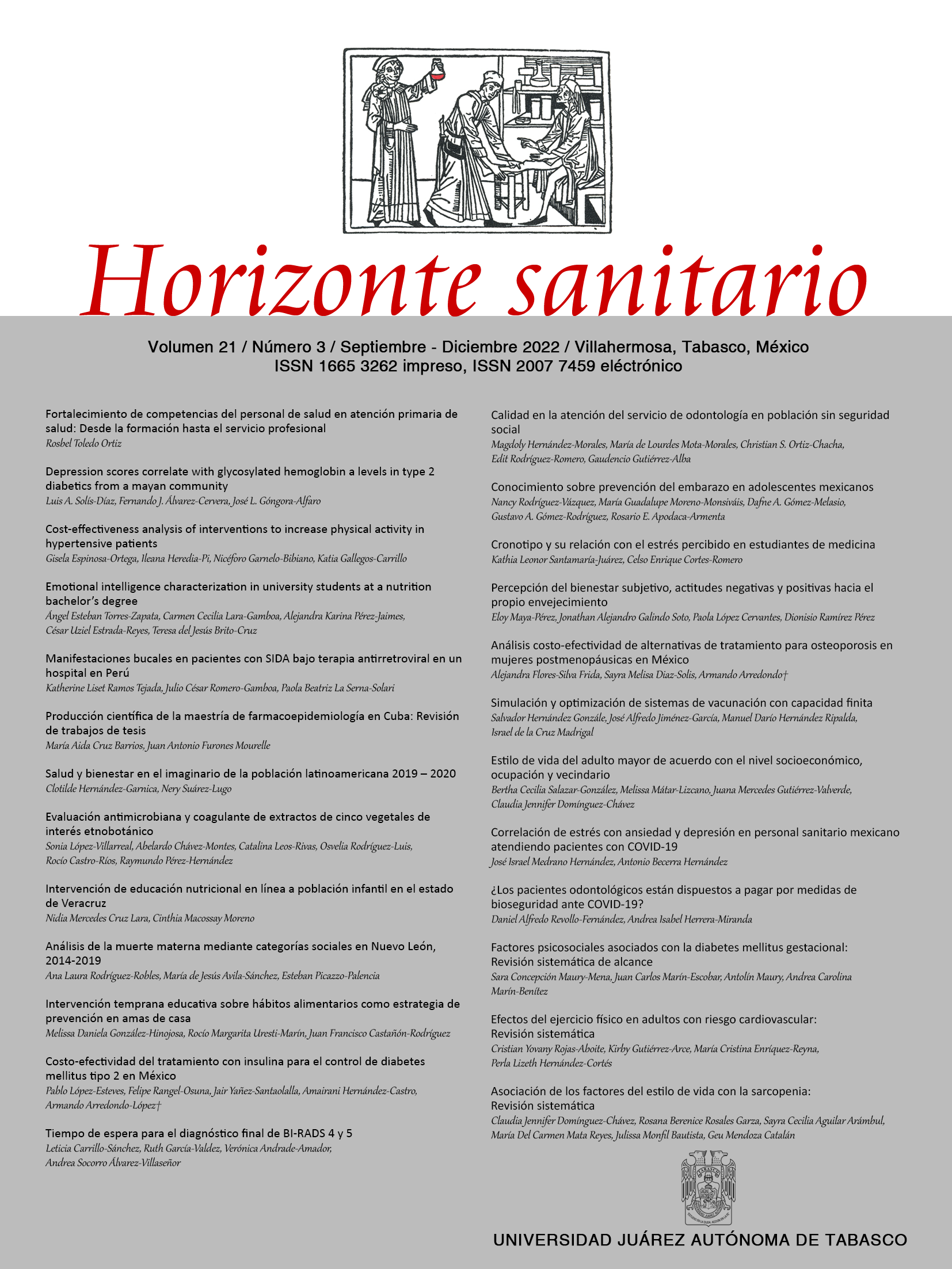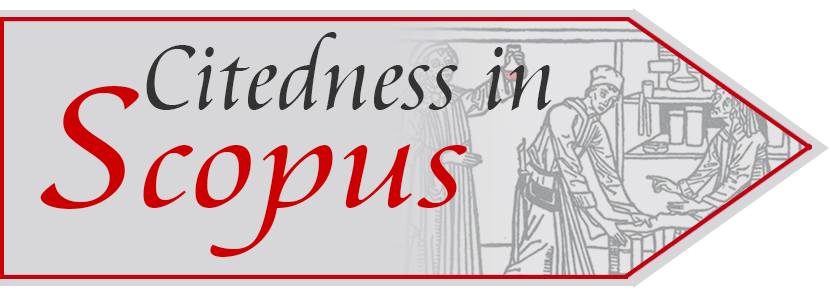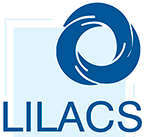Cost-effectiveness analysis of treatment alternatives for osteoporosis in postmenopausal women in Mexico
DOI:
https://doi.org/10.19136/hs.a21n3.4721Abstract
Objective: To identify the most cost-effective treatment for osteoporosis in the prevention of hip fractures in postmenopausal Mexican women without social security in the first level of care.
Material and Methods: A cost-effectiveness analysis was performed for three osteoporosis treatment schemes selected for their different administration routes and dosage. The treatments were estimated for a one-year period. The costs of each intervention were estimated from the provider’s perspective and the prices from the Mexican market available for July 2021 were considered. Treatment effectiveness was determined from previous studies on the effect of each treatment on the prevention of hip fractures. The cost-effectiveness coefficient was calculated for each treatment.
Results: The most cost-effective treatment was 10 mg alendronate, a daily oral treatment, with a $188,548.61 USD cost, a 55% effectiveness and a 0.0377 cost-effectiveness coefficient. Treatment with denosumab was the most expensive ($725,625.05 USD) and the least effective (C-E coefficient 0.1814), zoledronic acid had a $377,291.92 USD cost and a 0.0920 C-E coefficient.
Conclusions: Alendronate is the most cost-effective treatment of osteoporosis for the prevention of hip fractures in postmenopausal women and should be recommended as the first-line treatment in these patients.
Keywords: Cost-effectiveness; Osteoporosis; Postmenopause; Alendronate; Primary health care
Downloads
Published
Issue
Section
License
Copyright (c) 2021 Horizonte Sanitario

This work is licensed under a Creative Commons Attribution-NonCommercial-ShareAlike 4.0 International License.





























